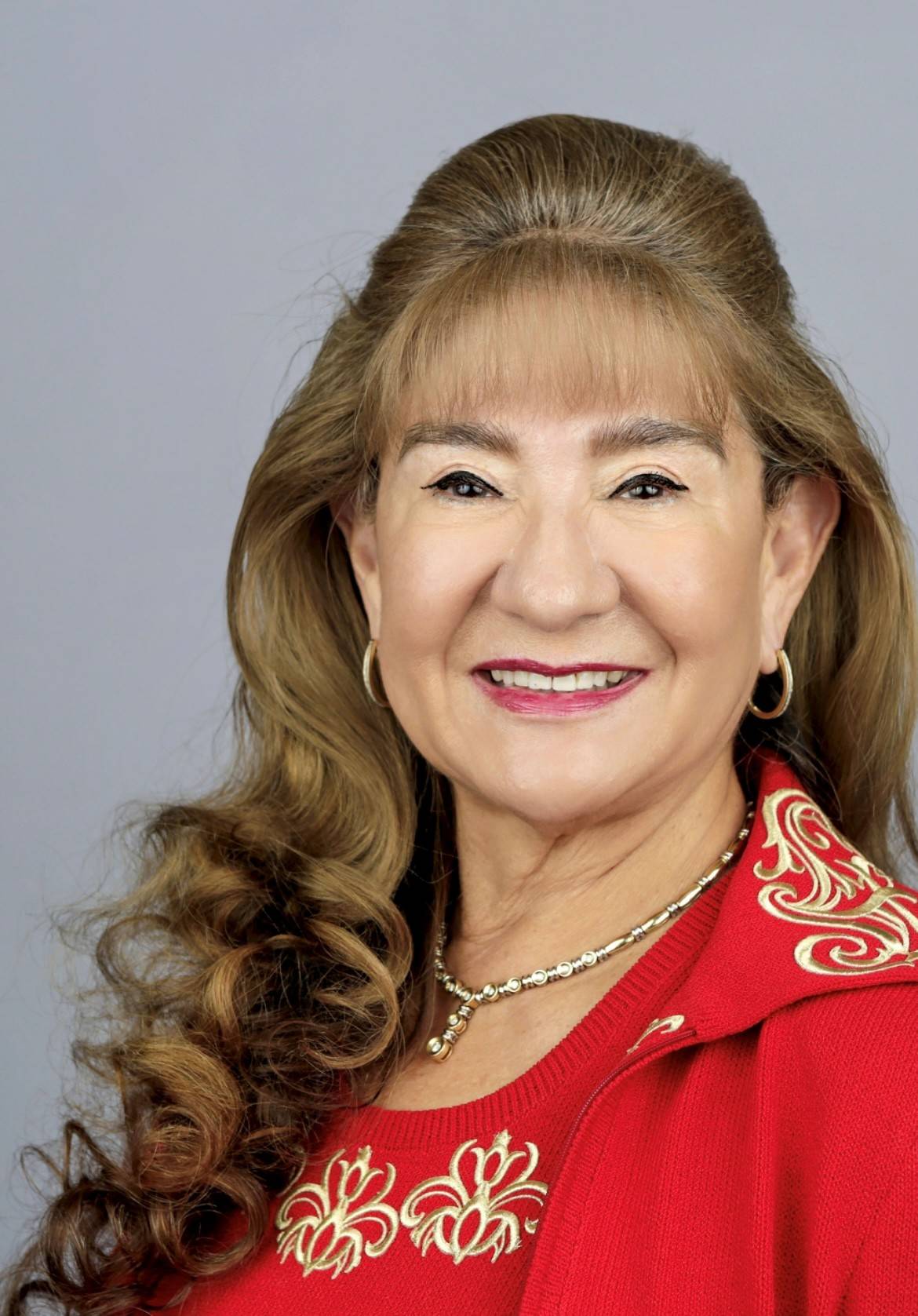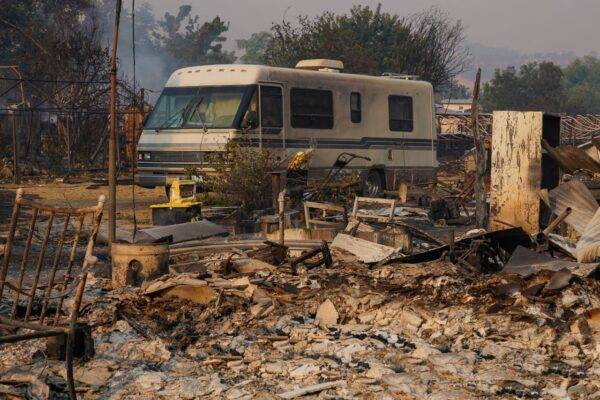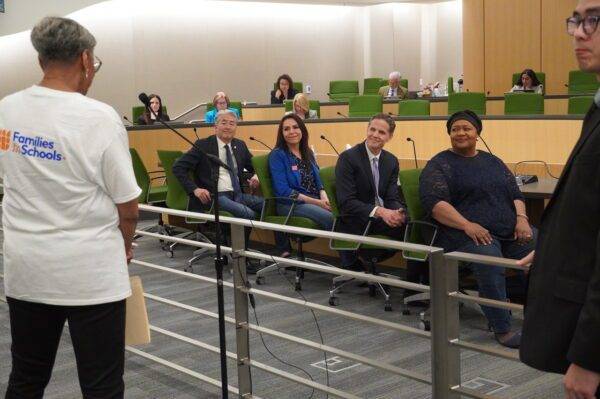Rancho Cucamonga, CA — At the July 16 Rancho Cucamonga City Council meeting, officials recognized the importance of parks and mental health, while a contentious infrastructure project drew public debate over neighborhood safety and fire access.
The meeting opened with a presentation for National Park and Recreation Month by Community Services Supervisors Ryan Samples and Janelle Markle.
“Each year, our nation recognizes the month of July as Park and Recreation Month to highlight the importance of parks and recreation in establishing and maintaining quality of life,” Samples told the council.
Markle emphasized the city’s commitment to inclusive spaces.
“Rancho Cucamonga is proud to be home to Barrel Park East, the city’s first inclusive playground and a designated national demonstration site,” Markle said.
She highlighted a 235% growth in participation in inclusive programs from 2022 to 2024.
Sean Fluke, who leads a disability organization called Live to Roll, praised the city’s accessibility efforts during public comments.
“We actually drive over from Upland to Central Park here in Rancho almost every single day and spend about an hour there because it does have such great accessible path travel,” he said. “I just really love seeing the city put on stuff like that.”
The council also heard a presentation from Tenika Hill and Flavio Nunez on Rancho Cucamonga’s performance in WalletHub’s 2025 rankings of the Best and Worst Places to Raise a Family.
Hill announced that the city ranked No. 40 nationally, No. 14 in California, and No. 1 in the Inland Empire.
“With over 30 parks, a vast network of trails and family favorites like the Epicenter and Quakes baseball, it’s no surprise Rancho Cucamonga earned top marks for family fun,” Hill said.
Nunez detailed city efforts supporting safety and equity, including the addition of new patrol deputies and use of Firebird cameras, and praised rising high school graduation rates and community partnerships.
“Rancho Cucamonga is also home to Chaffey Community College that offers many innovative educational opportunities,” Nunez said.
Council members expressed pride in the city’s achievements.
“I’m glad we’re number one in the Inland Empire, once again,” Mayor L. Dennis Michael said.
In another emotional presentation, management analyst Hope Velarde reported on the city’s suicide prevention efforts.
“Over the past year, we’ve experienced heartbreaking loss, including the deaths of two Los Osos high school students,” Velarde said. “These incidents remind us that suicide is not a distant issue.”
Velarde described the city’s programs, including youth mental health training, peer panels and bilingual community champions.
“We’re continuing this work with a Safe Talk training in September,” Velarde said.
Velarde updated the council on Senate Bill (SB) 800, which requires Caltrans to study overpasses with a history of suicide.
“While the bill’s scope has shifted, it does remain a critical piece for us to step forward,” Velarde said.
The evening’s most notable debate came during a public hearing on the controversial Almond Street Improvement Project.
The proposed project would construct 900 feet of new roadway between Carnelian and Villa Verde streets in an effort to improve emergency response and evacuation access.
Fire Chief Mike McCliman recalled the challenges during the Grand Prix Fires.
“As emergency responders were going up both police and fire, we were also having people evacuate on the same route. That has been a barrier and an issue in the city for a very long time,” he said. “We’ve already determined that there’s a significant improvement on the response times.”
Community reaction was split. Earl Anderson, a 58-year resident adjacent to the project site, said that he was “vigorously opposed” to the project.
He suggested a compromise.
“Simply bulldoze the area, and put a gate at each end,” he said.
Resident Richard Morrell supported the safety goals but proposed an alternative.
“A swing gate, you can have a public safety officer, you can have a cadet, anyone with keys could open and lock that gate,” Morrell said. “You’re going to know if it’s a wind event.”
Others warned of unintended consequences.
Resident Scott Morff said, “We do strongly and respectfully disagree that it’s necessary to allow 24-7 public access which greatly increases traffic in, through, and around our one quiet neighborhood.”
Judith Brennan advocated for extending the trail design for safety.
“If the community trail and white rail fence stops it will allow for people, children, pets and horses to spill out off the path into the street into the traffic,” she said.
Council members did not make a final decision during the hearing but indicated they would review public input and staff recommendations before moving forward.






